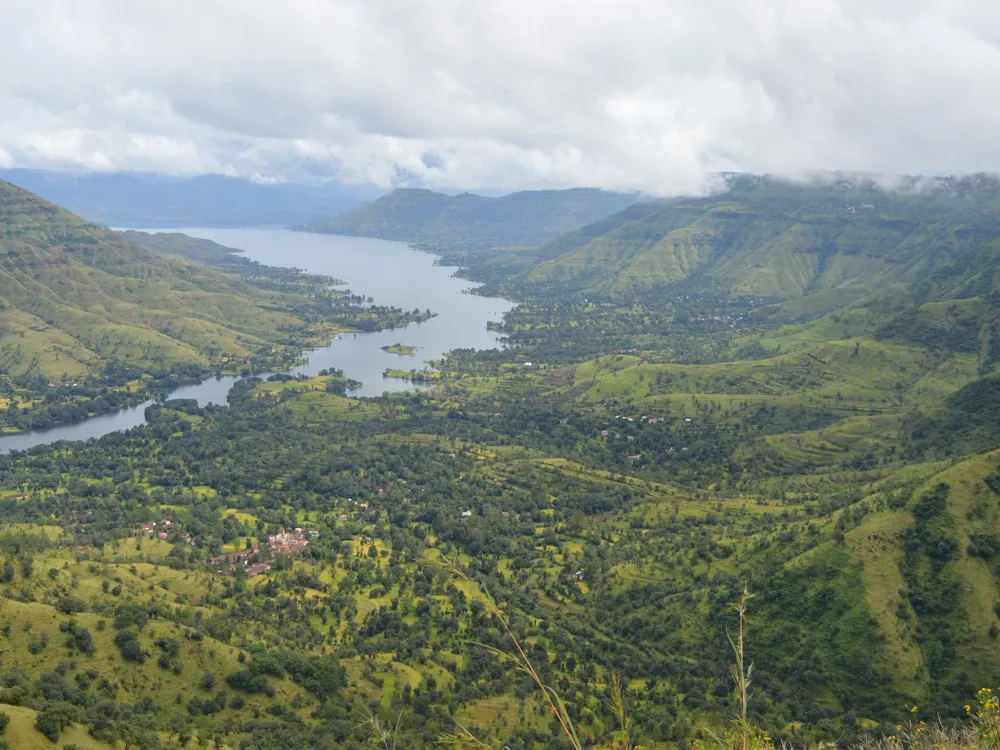The Nath Sampradaya Ashrams, with their rich historical and spiritual heritage, are nestled in the serene settings of Manori, Maharashtra, and Goa. These ashrams, integral to the Nath tradition, a significant sect within Hinduism, are not just spiritual retreats but also a testament to the cultural and religious tapestry of India. The Nath sect, known for its unique blend of Shaivism and Yoga, has been a pivotal part of the spiritual landscape of India for centuries. The ashrams in Manori, Maharashtra, and Goa, each have their distinct spiritual ambiance, deeply influenced by the teachings of the revered gurus of the Nath tradition. The ashrams are not only spiritual sanctuaries but also centers for learning and practicing the Nath Sampradaya's principles. These principles emphasize the importance of yoga, meditation, and the quest for self-realization. The ashrams offer a tranquil environment, ideal for introspection and spiritual growth. Visitors and devotees flock to these ashrams to immerse themselves in the spiritual teachings, participate in rituals, and experience the traditional practices of the Nath community. The presence of these ashrams in Manori, Maharashtra, and Goa, regions known for their scenic beauty and cultural richness, adds an extra layer of allure. The lush greenery, the calming sea breeze, and the rhythmic sounds of nature in these locations provide a perfect backdrop for spiritual pursuits. Each ashram, while preserving its unique identity, also contributes to the local culture and social fabric, engaging in various community services and cultural activities. The architecture of Nath Sampradaya Ashrams is a fascinating blend of aesthetic beauty, spiritual symbolism, and practical functionality. These structures are not just places of worship but are designed to facilitate a life of meditation and spiritual practice. The architecture reflects the Nath sect's philosophical beliefs and its emphasis on simplicity and harmony with nature. The typical Nath Sampradaya Ashram architecture features simple, yet elegant designs, often using natural materials like stone and wood. The layout usually includes a central temple or shrine dedicated to Lord Shiva or the revered gurus of the Nath tradition. This shrine is often surrounded by smaller buildings used for meditation, yoga, and accommodation for monks and visitors. One of the distinctive features of these ashrams is the use of open spaces, like courtyards and gardens, which are integral to the design. These spaces are not just aesthetically pleasing but also serve as areas for communal activities, meditation, and yoga sessions. The integration of nature into the architecture is a deliberate choice, reflecting the Nath philosophy of living in harmony with the natural world. The architectural elements often include intricate carvings and sculptures depicting various deities, saints, and scenes from Hindu mythology. These artworks are not mere decorations but are imbued with deep symbolic meanings, serving as visual aids for meditation and spiritual contemplation. The use of symbols like the 'Damaru' (drum) and 'Trishula' (trident), associated with Lord Shiva, is common, reflecting the sect's Shaivite roots. When visiting a Nath Sampradaya Ashram, it is important to understand and respect the ashram's etiquette. This includes dressing modestly, maintaining silence in certain areas, and participating in the ashram's routine respectfully. Observing these practices not only shows respect for the ashram and its inhabitants but also enhances your own experience. Participating in the daily activities of the ashram, such as meditation sessions, yoga classes, and communal services, can be a deeply enriching experience. These activities are designed to promote spiritual growth and self-reflection, offering a unique opportunity to delve deeper into the Nath Sampradaya's teachings. Visiting a Nath Sampradaya Ashram is an opportunity for learning and personal growth. Keeping an open mind and being receptive to the teachings and practices can lead to profound insights and a deeper understanding of the spiritual path. The Nath Sampradaya Ashrams in Manori, Maharashtra, and Goa are accessible through various means of transportation. For the ashrams in Manori and other parts of Maharashtra, the nearest major city is Mumbai. Mumbai is well connected by air, rail, and road with other parts of India and the world. From Mumbai, one can take local transportation like buses, taxis, or even ferries (for coastal locations) to reach the ashrams. For the ashrams in Goa, the nearest major city is Panaji. Goa has an international airport, and it is also well connected by train and bus services. Once in Goa, local transportation options like buses, taxis, and rented vehicles can be used to travel to the ashrams. It's advisable to check the specific location of each ashram and plan your travel accordingly. Read More:Overview of Nath Sampradaya Ashrams in Manori, Maharashtra, and Goa
Architecture of Nath Sampradaya Ashrams
Tips When Visiting Nath Sampradaya Ashrams
Understanding and Respecting Ashram Etiquette
Engaging in Ashram Activities
Being Open to Learning
How To Reach Nath Sampradaya Ashrams
Nath Sampradaya Ashrams
Manori
Maharashtra Goa
NaN onwards
View manori Packages
Manori Travel Packages
View All Packages For Manori
Top Hotel Collections for Manori

Private Pool

Luxury Hotels

5-Star Hotels

Pet Friendly
Top Hotels Near Manori
Other Top Ranking Places In Manori
View All Places To Visit In manori
View manori Packages
Manori Travel Packages
View All Packages For Manori
Top Hotel Collections for Manori

Private Pool

Luxury Hotels

5-Star Hotels

Pet Friendly






















